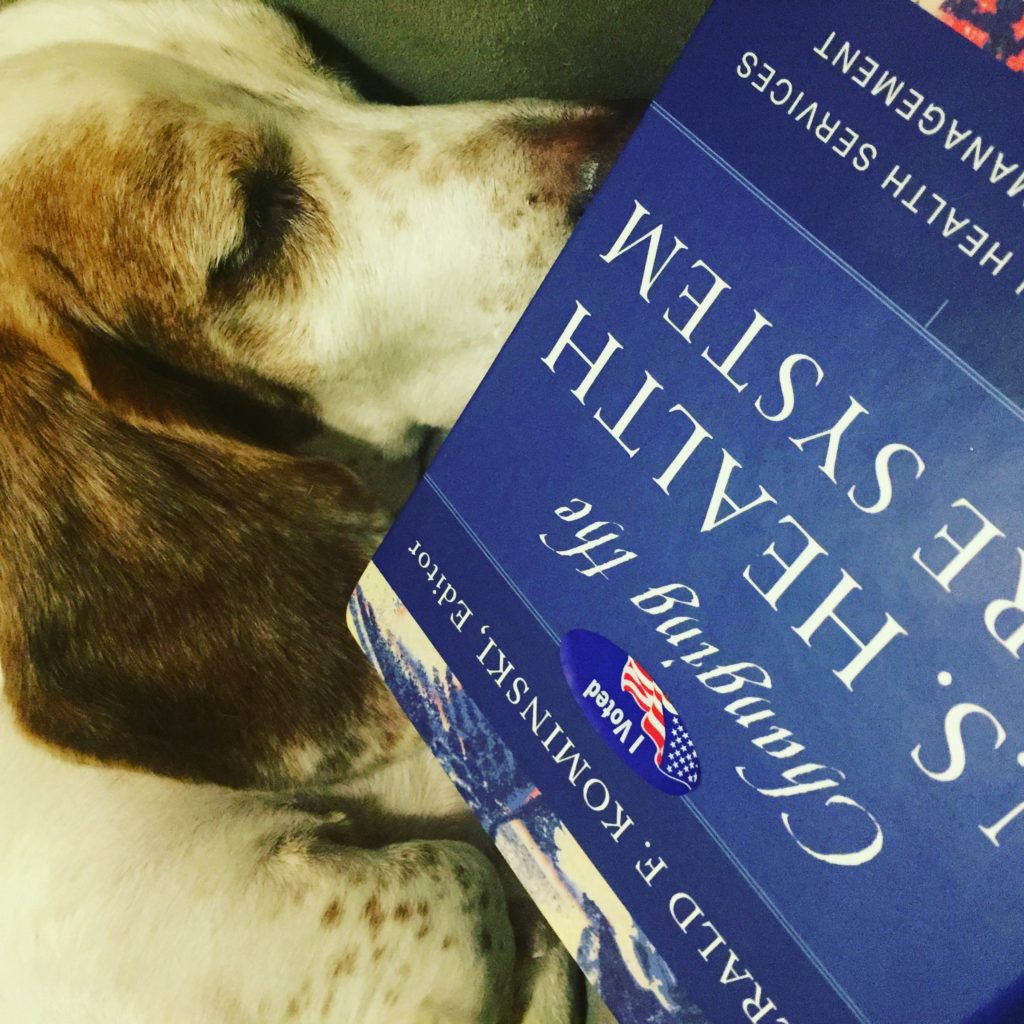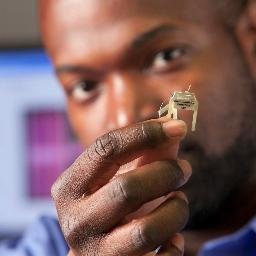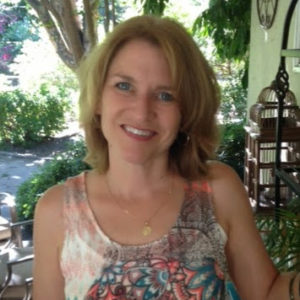
The election and has come and gone, the holidays have arrived, and the new year approaches. Anxiety, anticipation, and hope about health policy reform circulate among my colleagues, family, and friends. Recurring themes include repealment of the Patient Protection and Affordable Care Act of 2010 (ACA), block grants and Medicaid, reauthorization of the Children’s Health Insurance Program (CHIP), insurance coverage for individuals with pre-existing health conditions, immigration, refugees, birth control, overturn of Roe vs Wade, and healthcetera….Despite societal undercurrents that emulate freedom of speech and mutual respect, everyday informal debates surrounding modern health policy can be challenging and deflating.
In Bowling Alone: The collapse of and revival of American community, prominent political scientist and social capital scholar Robert Putnam offers the sound advice that false debates can distract from productive societal transformation. He suggests that emphasis on chicken or egg-based nativity political topics such as “top-down versus bottom-up,” the government as help versus hinderance, and the importance of individual versus institutional change detract from common goals. While there may be multiple reasons to disagree about how health resources should be allocated, I truly believe that Americans do agree that we want better health for everyone.
Is the American health care system is programmed to help people survive diseases or promote wellness? Most of the research and news about health is dominated by a problem-centered paradigm of risks and needs. This disease-disability-death assumption emphasizes disease process, is disempowering, and overlooks the concurrent strengths and assets within both people and populations. As for profit healthcare institutions become more prevalent than not-for-profit and pharmaceutical companies continue to grow, I often ponder the advantages and disadvantages of American healthcare as a business. Health inequities are present and poverty persists in our nation. Yet, hope exists. Health can thrive within an imperfect system and we are the solution.
Health is not a spectator sport. Research and evidence help to provide guidance in making healthy life choices. As with most sports, health thrives in a team environment. Attainment of health represents a combination of individual and team efforts. Physicians, nurses, and members of the health care team coordinate with individuals and families to improve health and wellness. Home visitation, hospice, and palliative care programs are helping to bring health and dignity back into communities. Schools are partnering with community health clinics to ensure that children have better access to health care services. Putnam and other social capital scholars suggest that investing in each other holds tremendous implications for health outcomes, neighborhood safety, and happiness.
Change is on the horizon. Many friends and family members have purposefully avoided any health policy discussion since the election for a variety of reasons. Through an understanding of the common goal to improve health for all Americans, party affiliation does not need to interfere with productive and meaningful discussions on health policy innovation.
“Do not grieve social change, guide it.” – Robert Putnam
The election and has come and gone,
 “What if mental disorders were caused by electrical changes in the brain?”
“What if mental disorders were caused by electrical changes in the brain?”



